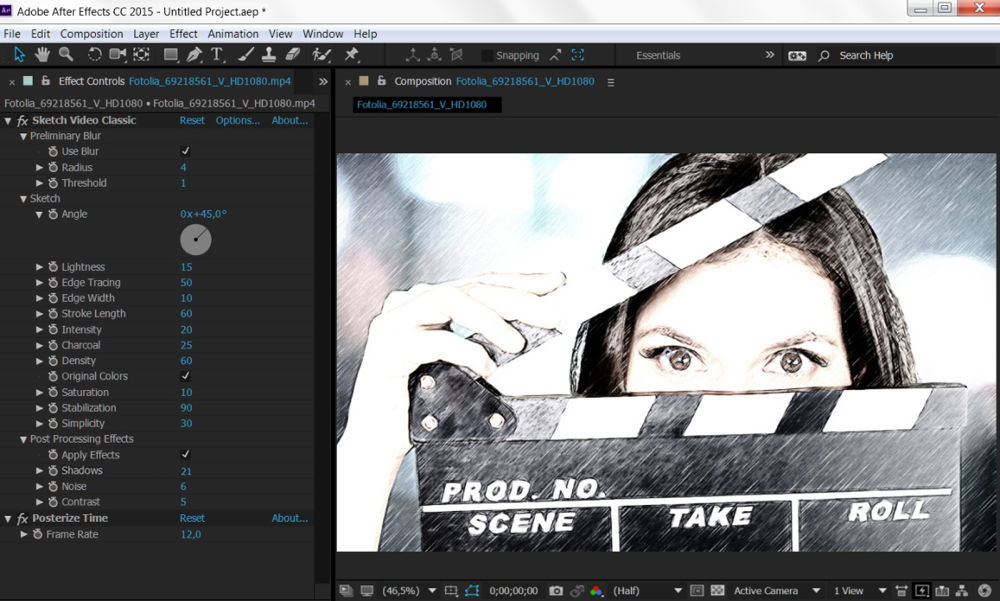
In this option it is mandatory to write -c followed by positive or negative num depends upon the requirement. By +num, it display all the data after skipping num bytes from starting of the specified file and by -num, it display the last num bytes from the file specified. Note: Without positive or negative sign before num, command will display the last num bytes from the file specified.


With negative num $ tail -c -6 state.txtģ.

q: It is used if more than 1 file is given. Because of this command, data from each file is not precedes by its file name. f: This option is mainly used by system administration to monitor the growth of the log files written by many Unix program as they are running. This option shows the last ten lines of a file and will update when new lines are added. Using the mail command in linux update#Īs new lines are written to the log, the console will update with the new lines. The prompt doesn’t return even after work is over so, we have to use the interrupt key to abort this command. In general, the applications writes error messages to log files. You can use the -f option to check for the error messages as and when they appear in the log file. $ cat state.txt | head -n 20 | tail -n 5 > list.txt $ cat list.txt v: By using this option, data from the specified file is always preceded by its file name. What is happening in this command let’s try to explore it. First cat command gives all the data present in the file state.txt and after that pipe transfers all the output coming from cat command to the head command. Head command gives all the data from start(line number 1) to the line number 20 and pipe transfer all the output coming from head command to tail command.

Now, tail command gives last 5 lines of the data and the output goes to the file name list.txt via directive operator. This article is contributed by Akash Gupta. If you like GeeksforGeeks and would like to contribute, you can also write an article using or mail your article to See your article appearing on the GeeksforGeeks main page and help other Geeks. Please write comments if you find anything incorrect, or you want to share more information about the topic discussed above.


 0 kommentar(er)
0 kommentar(er)
